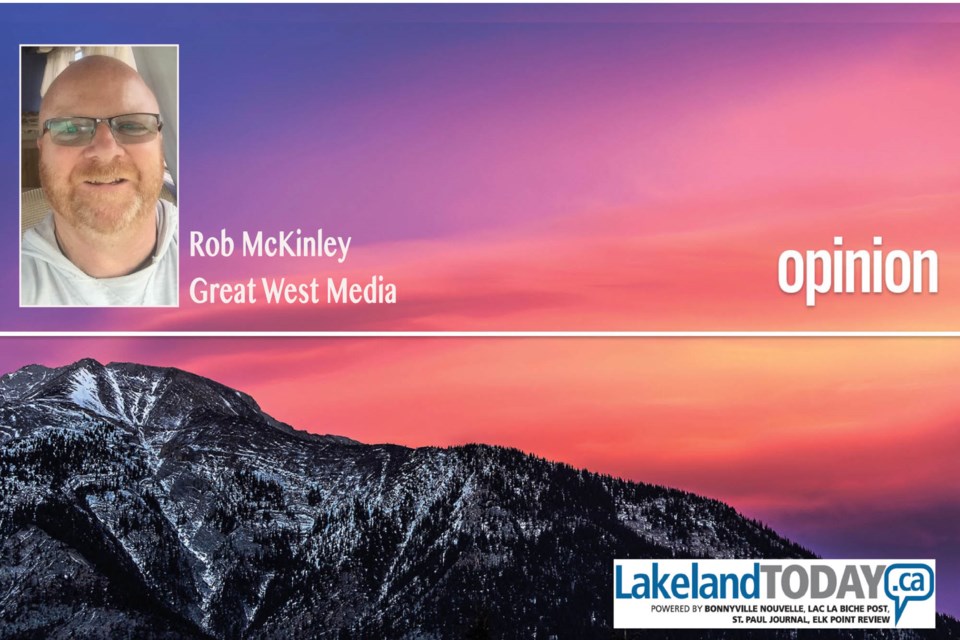Fake news. Such a 2016 term. But one that still resonates in the minds of many readers of international, national, regional, and even local news. It's fake ... or it's wrong.
To the extremes, there are many who believe large events are staged - the Sandy Hook Elementary School shootings, the atrocities in Ukraine and the Middle East.
It's not new. Decades ago, many believed that Lenin was still alive, his death covered by a clever wax mannequin. The moon landing? Fake, cried some, saying the US flag was waving and yet there's no atmosphere, so no wind up there. And what about those shadows? It was stage lighting.
No, the desire to second-guess and infer conspiracy opinions is not new. And yes, sometimes those extra looks or suspicions can actually shine a light on hidden truths or more questions. Remember the Weapons of Mass Destruction in Iraq? Or the president who "did not have sexual relations with that woman." And in today's headlines, the spotlights shining on Buffy Saint Marie?
And worse than those who prefer to fight facts are those who have become numb to them. Death tolls, weather events, war, genocide, political wrong-doing ... it's a 24/7 news cycle that now spins so quickly, many people can't keep up. Why did Canadian-born actor Matthew Perry's apparent accidental death lead the CTV national news on Sunday night? Perhaps because it was just one death; easier to digest for the viewers. It wasn't 18 shot to death in a US bowling alley, hundreds massacred at an outdoor concert in the Israeli desert, or hundreds blasted and crushed in the ruins of a Gaza hospital.
It's easier to understand one death. The aerial news footage shows a white tent over the place where the actor reportedly died. So why is it so hard to believe that hundreds have died in the rubble and carnage of warzones shown every night on TV news and every minute online?
Again, the media plays a role in the answer. For years, the cameras have pointed at the conflicts, at the rhetoric and at the after-effects, but they turn from the actual horrors. The media protects its viewers and readers. It blurs bodies, it shows the after-effects of tragedy, the sanitized composite of what happened. Perhaps it's time for the raw footage to be shown. Perhaps the only way to really know that 20 children were killed by a gunman in a school, or by a missile into a hospital is to show it. If society is numbed by violence, can turn a blind-eye to it, or continues to question the validity of that violence, then society is well-beyond being offended by the sight of a child's bullet-ravaged body or a mother's shrapnel-filled torso. The media should remove the blinders, take away the blurred images and show the horror.
It would be hard to watch, but impossible to refute.



